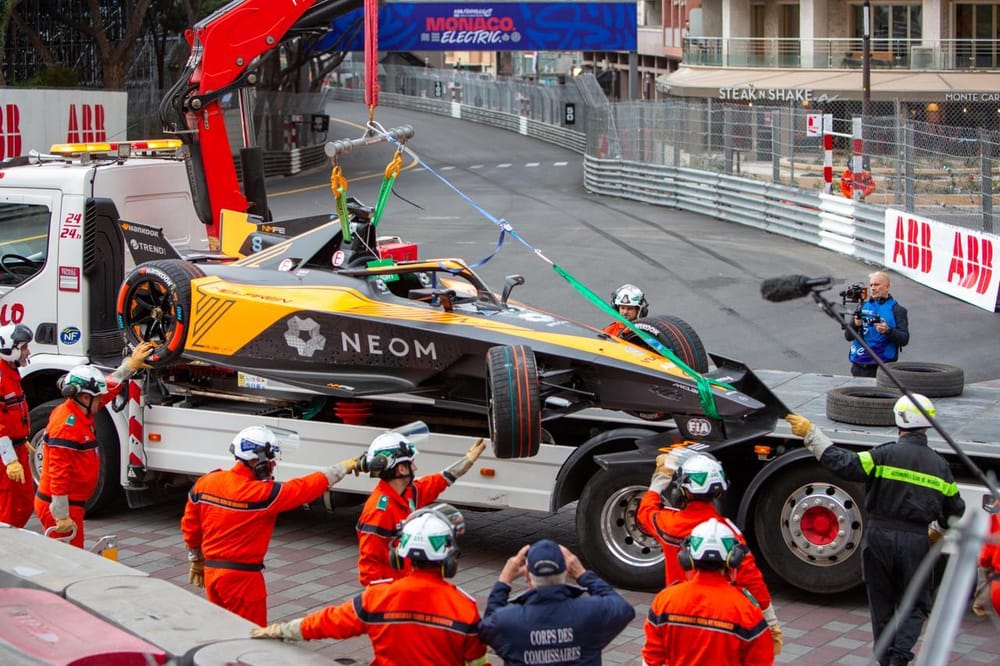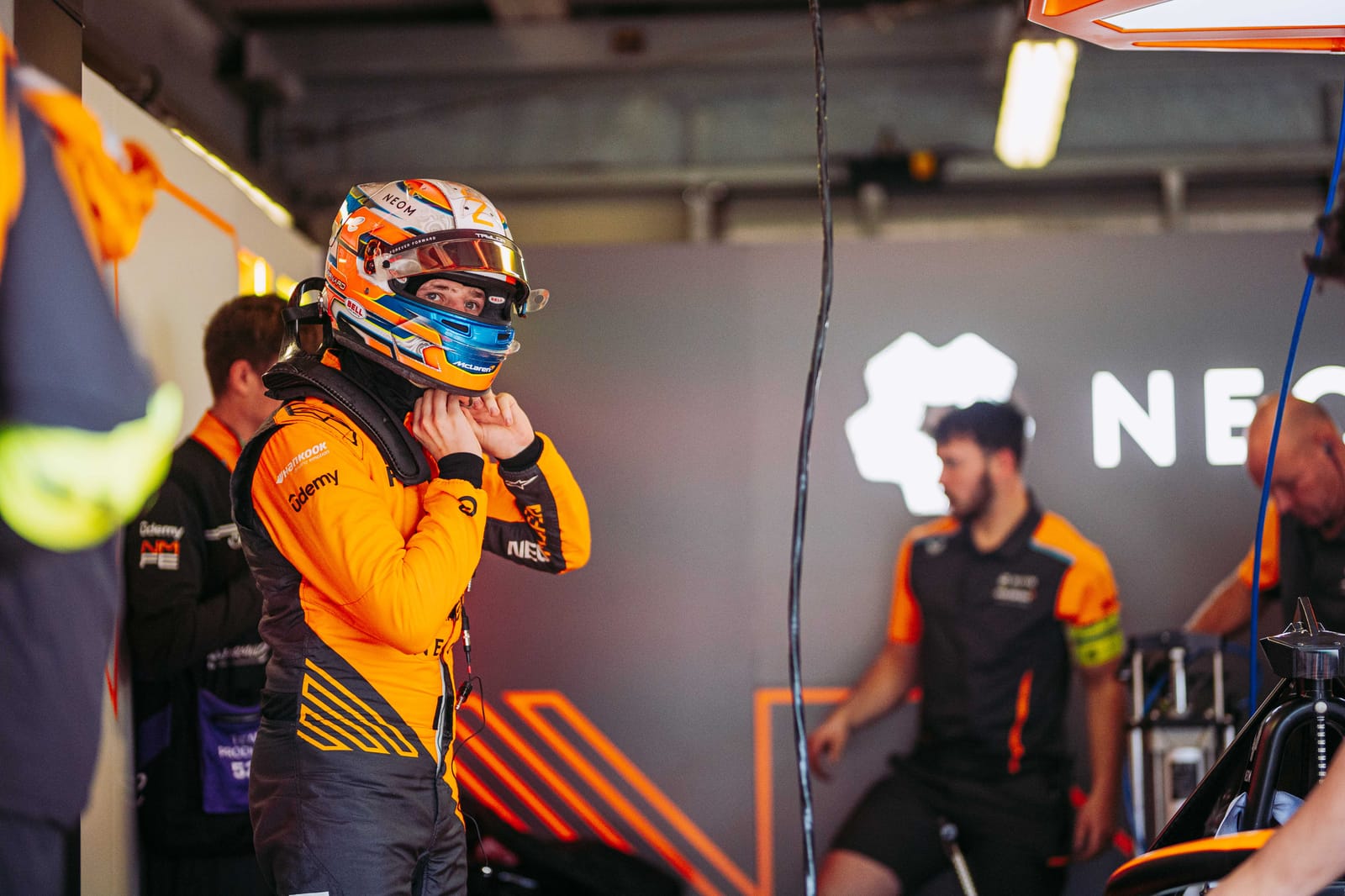Sam Bird’s Monaco hand injury, which will keep him out of the McLaren cockpit for at least three races, was the fifth such injury for a Formula E driver over the last 16 months.
It follows Robin Frijns at Mexico City in January 2023, Sebastien Buemi in Sao Paulo in March 2023, Pascal Wehrlein in Rome in July 2023, Nyck de Vries in Tokyo this March and then Bird’s incident just under a fortnight ago.
Prior to that Bird also first broke his hand at the London E-Prix in July 2022, albeit in the Gen2 car.
Such injuries are hardly unheard of in motorsport. Daniel Ricciardo had a breakage in his hand from a Formula 1 practice accident at Zandvoort last August and several similar occurrences have happened in other disciplines of racing, too.
But are these injuries in Formula E over a relatively short space simply coincidental or are they a worrying trend that needs addressing? And what exactly is happening for so many drivers to be getting injured in this way?
What is causing the injuries?
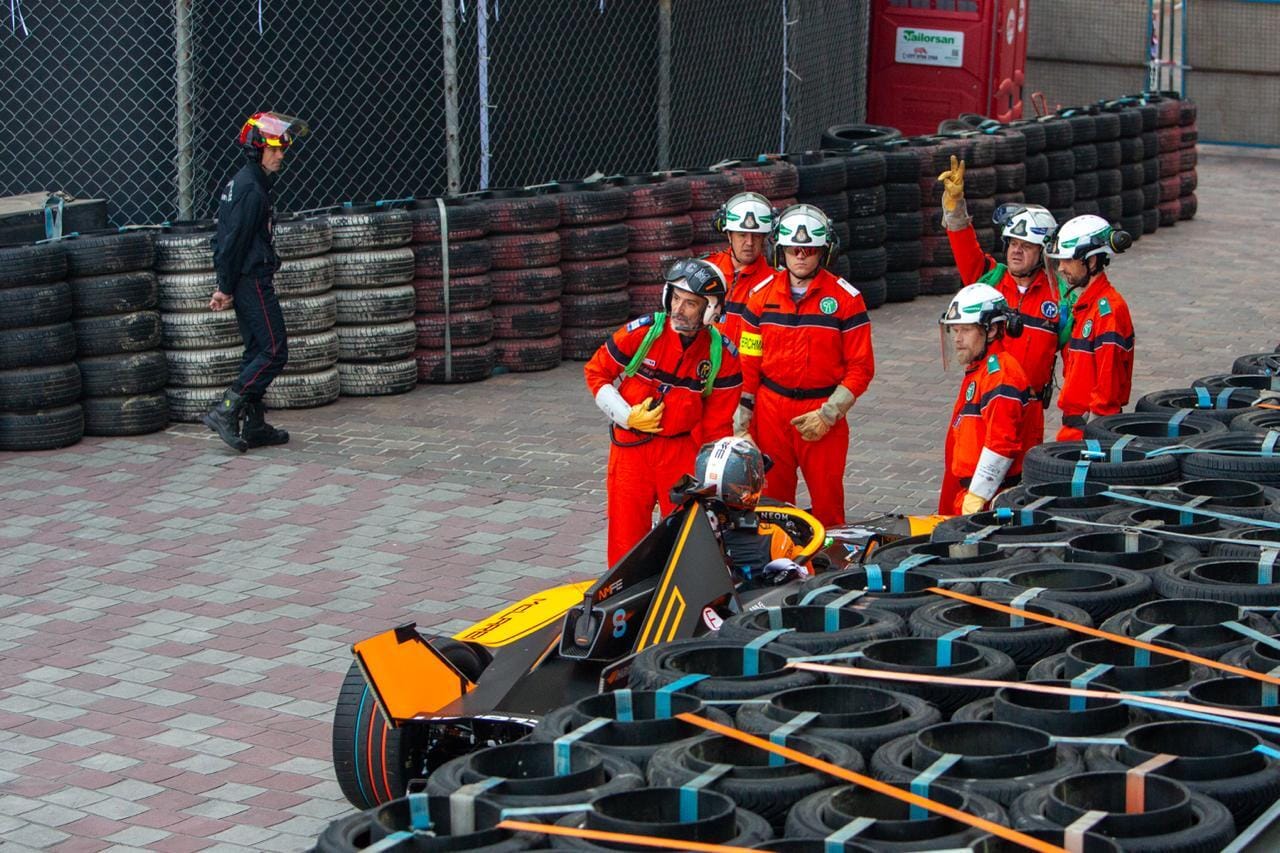
It appears that one of two things is happening in these accidents.
Either the driver is having their hand smashed against the monocoque in a wheel-on-wheel or wheel-upon-barrier accident - or that their hands are flailing off the wheel and then being damaged by hitting their own steering wheel again on rebound.
One of the issues for the Gen3 car is that there is minimal clearance between the steering wheel rim and the strong composite cockpit sides of the survival cells.
The Race understands that teams are allowed to modify the steering column to make it slightly shorter but that doesn't help hugely because the cockpit narrows as you go further forward from the driver's seating location.
The FIA has introduced an allowance for pieces of padding for the cockpit rim and internal ‘walls’ (just below the cockpit rim). It also consulted the teams last year to get details of the size of the drivers’ hand clearances and introduced more protection in time for the Valencia test last October.
Trying to protect the drivers more, in light of the accidents, is a difficult task. The driver and steering wheel cannot be located further rearwards now that the design is completed and homologated.
That has left quick options mostly centred upon extra padding for drivers but this is not mandatory by regulation at present. For instance, Frijns and Buemi at Envision Racing have different set-ups of protection in their monocoques. The Race observed in Monaco how Buemi has extra foam at the sides of his survival cell. Essentially it is currently a driver preference option.
Frijns has been vocal that more needs to be done for drivers after his serious hand injury at Mexico City last January. He told The Race he felt “lucky in a big way because it could have really impacted on me much more”.
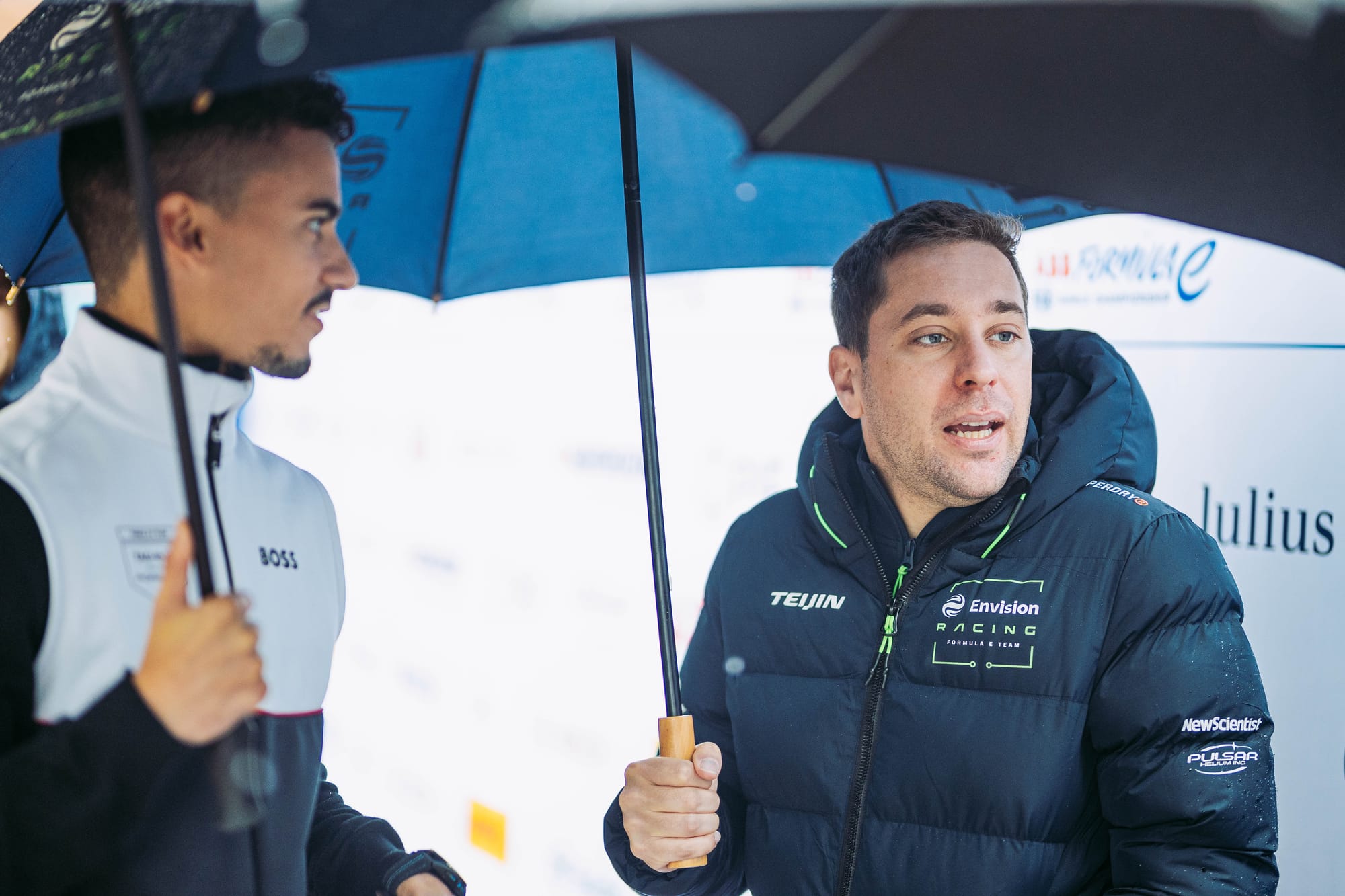
He then went on to describe how “the people who have injuries on their hands, like five/six of them, they take a bit more margin in the race. The people that don’t, they say ‘oh it’s going to be fine’ and they divebomb like there’s no tomorrow”.
Frijns gave a clear example, saying that when he was hit by Edoardo Mortara’s Mahindra in the first Misano E-Prix last month he “saw it coming and I was like ‘I’m not going to break my hand again.’
"I’d rather DNF than not start for six weeks."
Having a driver essentially choose to let go of the wheel rather than combat an accident scenario cannot be good for the series.
What is being done?
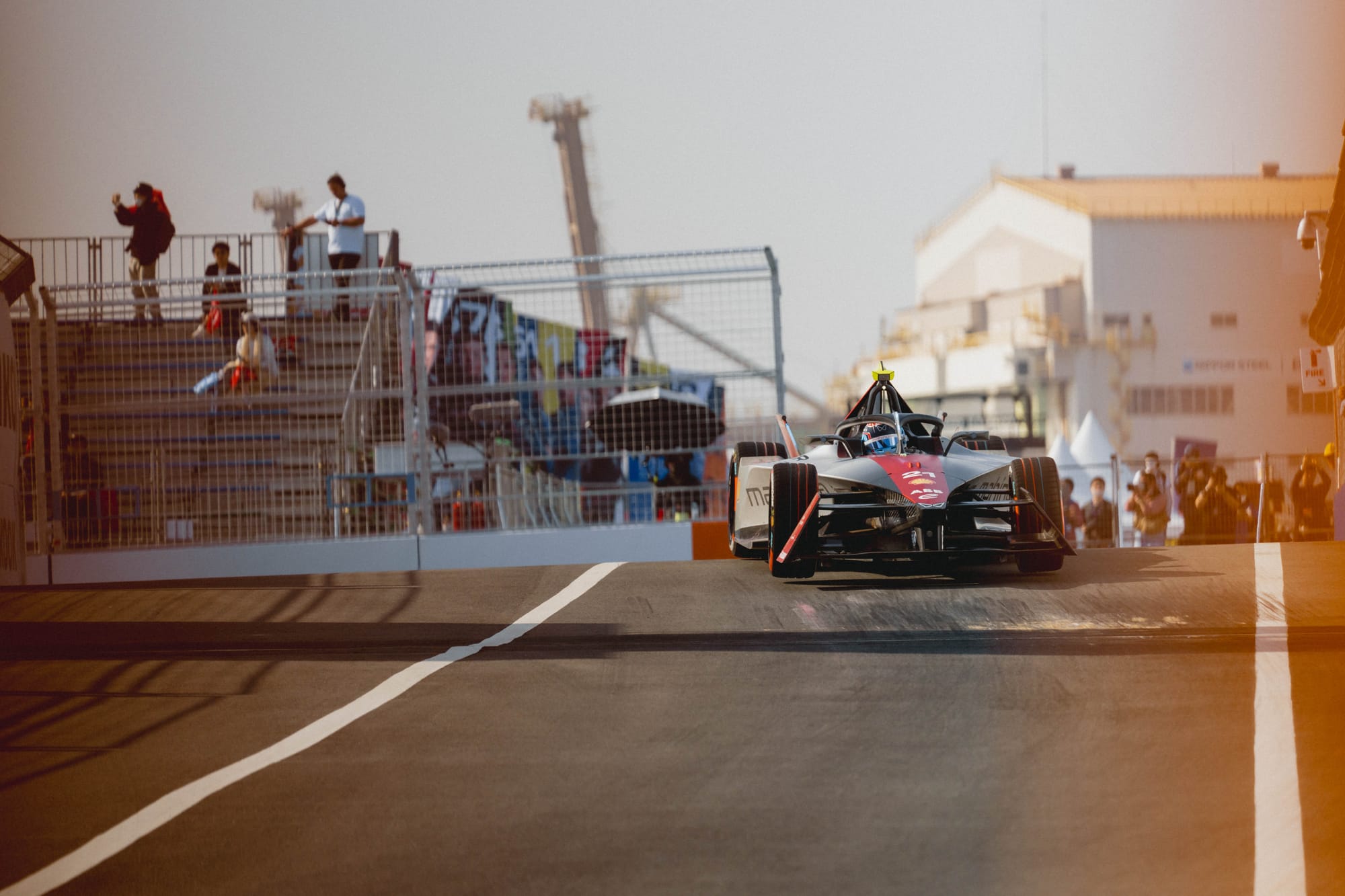
Incorporating a reliable and proven torque-limiting system into Gen3 steering would be a major challenge for the FIA in the short-term. Bringing in something that can deal with major kerb strikes in chicanes yet also deal with brushing walls on street circuits would be impractical in any ‘overnight’ sense.
It would also cost a lot of money and resources to develop something suitable. Much more realistic in the short term could be a more detailed and permanent structure of protection like the headrest collar on cars with high-density foam.
Another possibility could be MotoGP-style gloves.
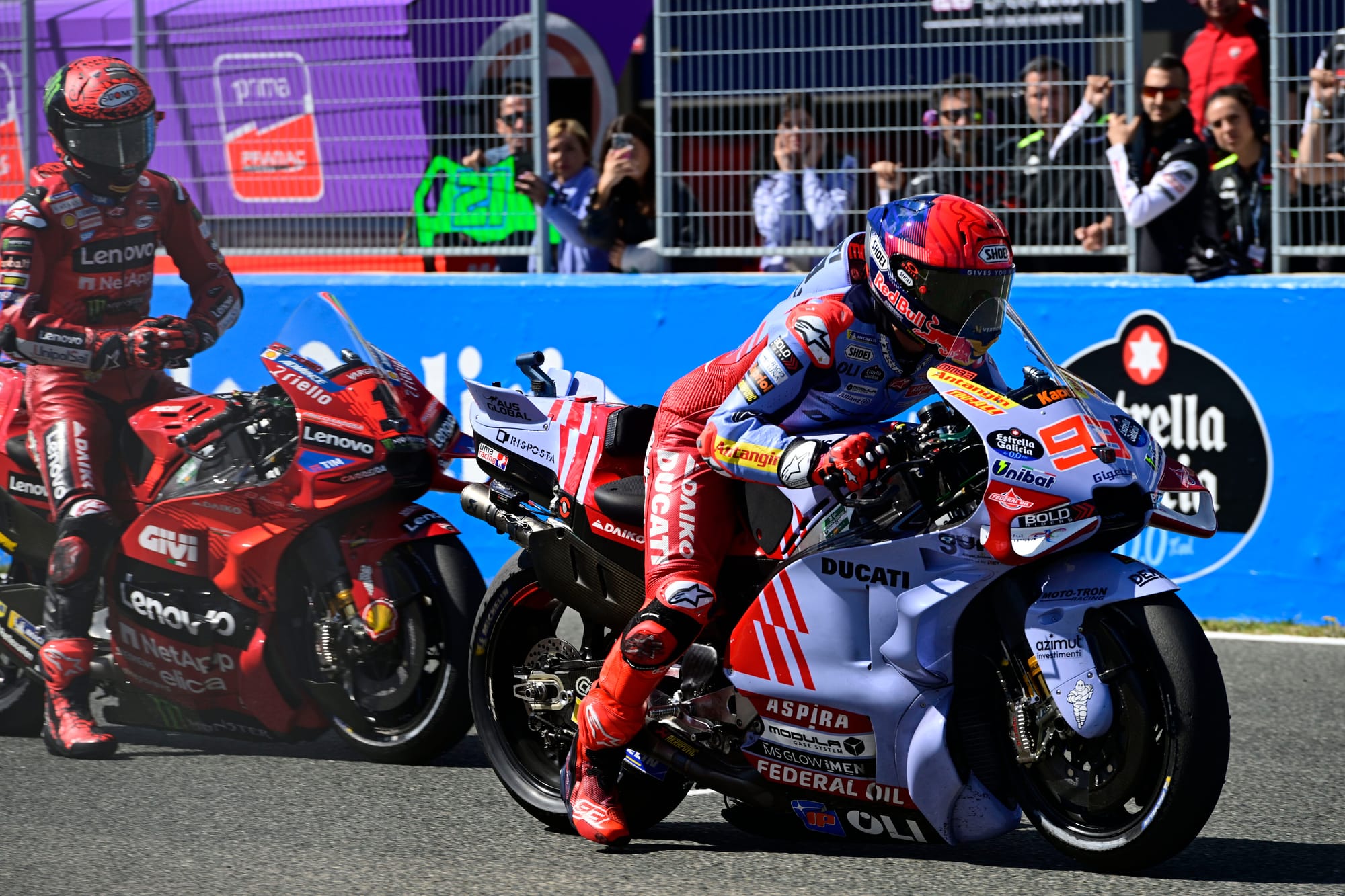
It is not known how quickly these could be mandated via the FIA certification process, which can sometimes be time-consuming. Yet, having a carbon or hard plastic element over the knuckles and hands of competitors could be a logical solution.
“As long as it doesn't impede your ability to bend your fingers, which I think on that part of the hand probably would be OK, I wouldn't necessarily be against that idea,” McLaren team manager Gary Paffett told The Race.
“It needs to be something that's ergonomically sound, that allows you to move your hands as you get a lot of twists in your wrist in these cars. But I don't necessarily think that's a bad solution to give them some added protection.”
What the FIA’s doing
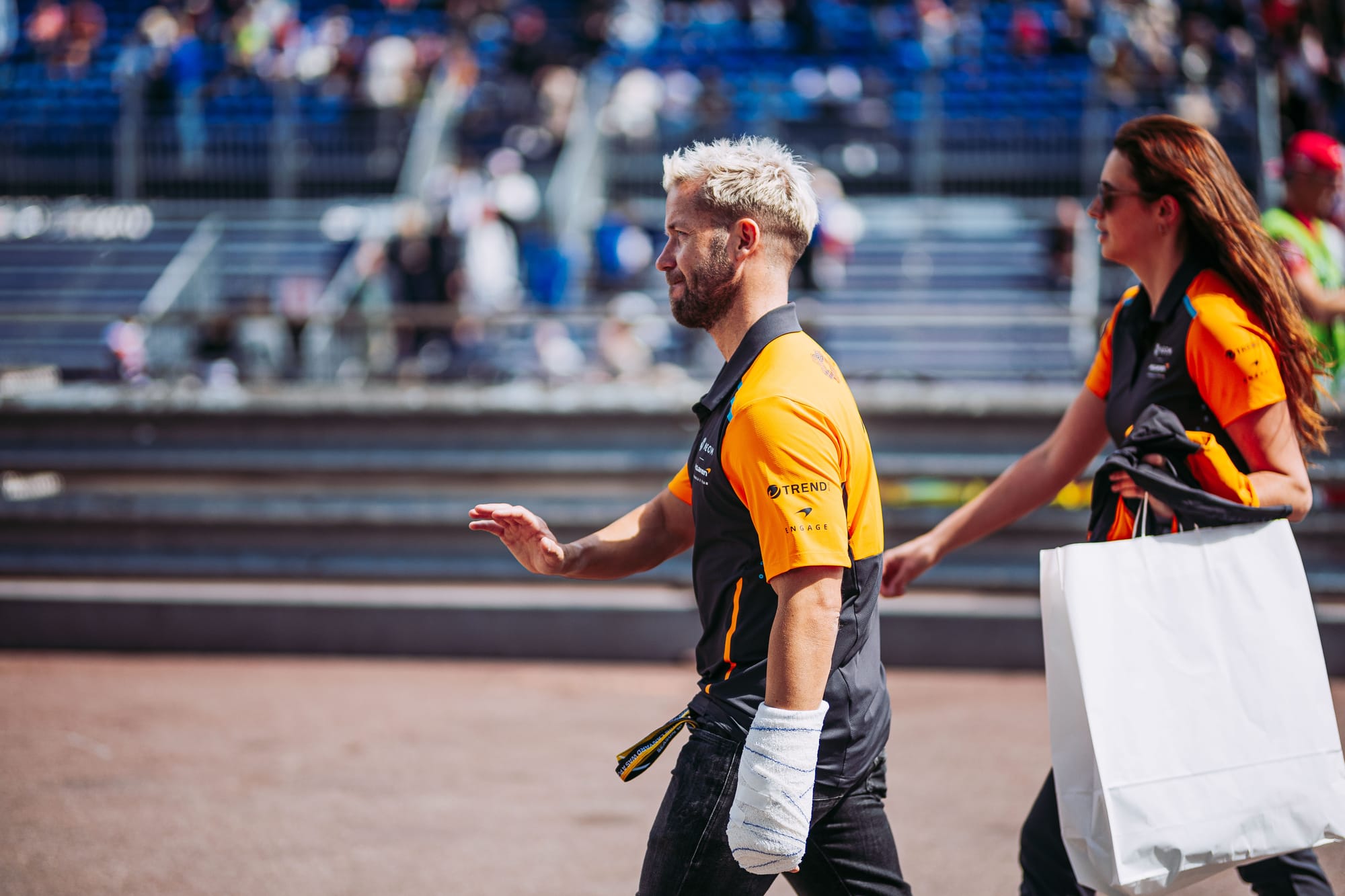
The Race understands that FIA chief technical and safety officer Xavier Mestelan Pinon contacted NEOM McLaren after Bird’s accident in Monaco to collate information that could inform possible solutions both short- and longer-term, which have been continually looked at since the Frijns accident in Mexico last year.
Speaking to The Race just a few hours after Bird’s accident, McLaren FE team boss Ian James said the FIA “have always been, and continue to be, very conscientious when it comes to driver safety and it’s something that they’ve taken on board and continue to look at and will continue to look at”.
Mestelan Pinon told The Race that “we know that there is room for improvement and we already work on this subject, safety being our absolute priority”.
“Honestly we didn’t spot any obvious reason [for the run of hand injuries],” he added.
“We checked, of course, lots of items such as the design of the suspension, its robustness, the resistance of the tyre, everything.
“We’ve already introduced some slight updates but we are working on two main improvements, with the aim to introduce at least one hopefully before the end of the current season.
“It should allow us to propose some good solutions to mitigate this issue.
“This is something very important for us, as you can imagine.”
Bird and Frijns will certainly attest to that as the former recuperates after his second hand breakage in 20 months and the latter continues to race with one eye on the ongoing jeopardy.
Some action, specifically the trialling of a new glove, could be undertaken by the end of the current season.
Bird crash images courtesy of Emma Ridgeway

